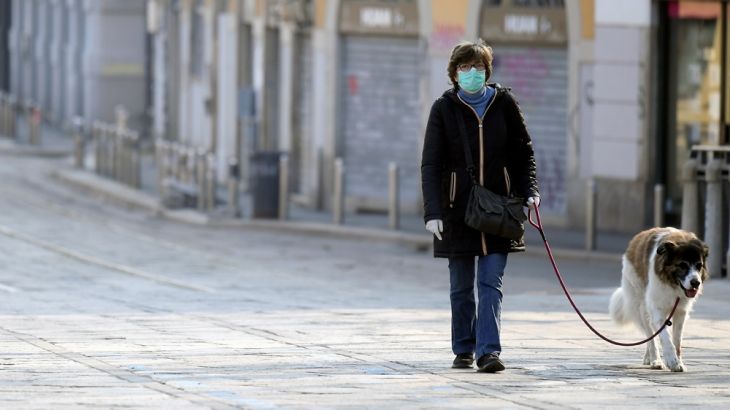
Can the coronavirus curve be flattened?
Some countries say their fast responses managed to slow the spread of the coronavirus.
The number of people infected worldwide by COVID-19 is more than one million with over 60,000 deaths.
The United States currently has the highest number of infections and Italy has the greatest number of deaths. Yet some countries appear to be succeeding at “flattening the curve”.
Keep reading
list of 4 itemsMexico’s teachers seek relief from pandemic-era spike in school robberies
‘A bad chapter’: Tracing the origins of Ecuador’s rise in gang violence
Why is the US economy so resilient?
The number of new cases each day appears to be falling in places such as Taiwan, Canada, South Korea and Iceland.
They have all shown that the rate of infections can be slowed.
The US, which has been criticised for a slow and ineffective response, seems to have now become the centre of the pandemic.
But President Donald Trump says he has just the man to help tackle the crisis: Senior adviser and son-in-law Jared Kushner who is now leading the Coronavirus Task Force.
So how have some countries managed to control the rate of infections and deaths?
And can others – including Italy and Spain – bring theirs down?
Presenter: Peter Dobbie
Guests:
Gloria Taliani – Infectious disease doctor and member of the COVID-19 Task Force of the Italian Civil Protection System
Drew Thompson – Senior research fellow at the National University of Singapore and a former US Department of Defense official
Annie Sparrow – Emergency and critical care physician